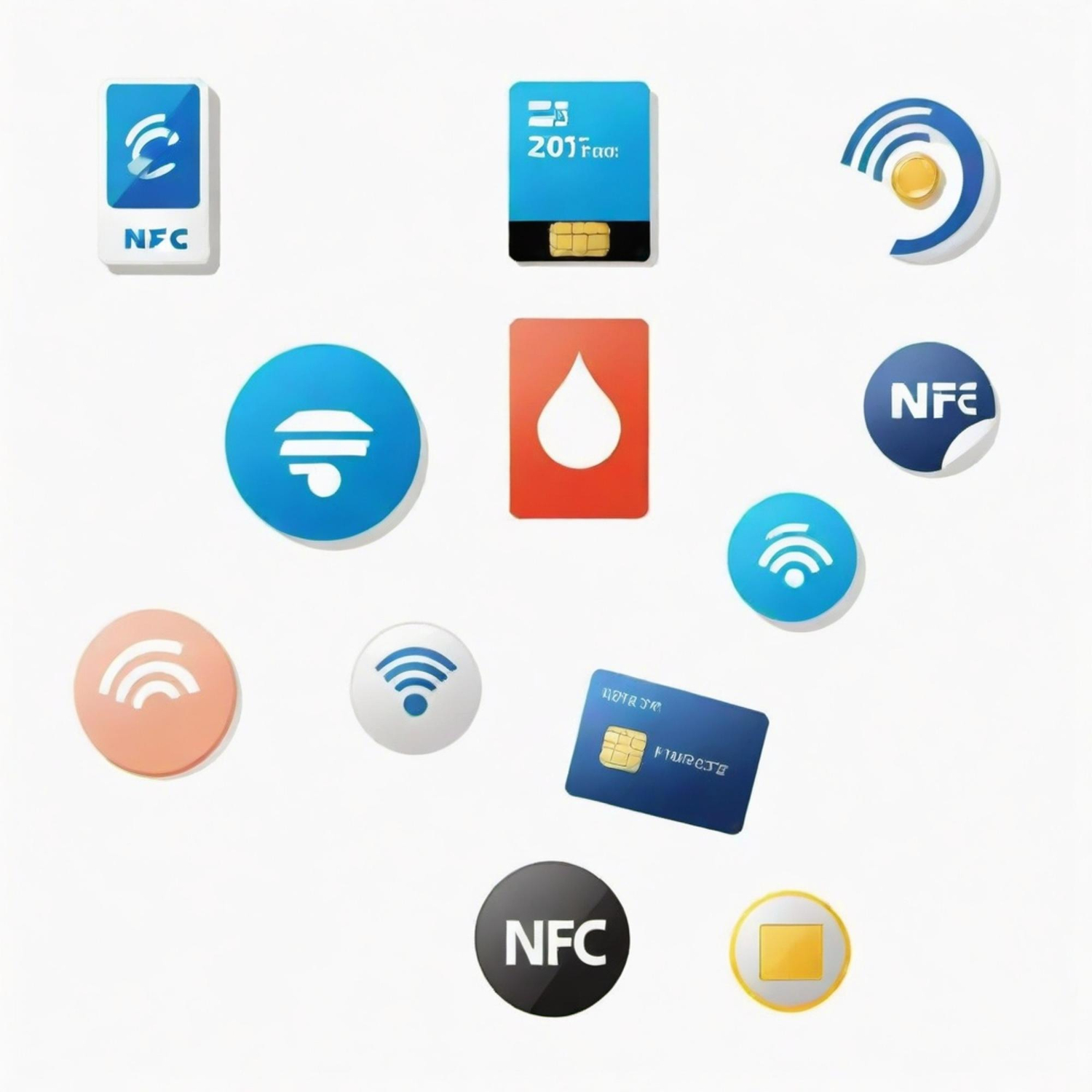Near Field Communication (NFC) technology has emerged as a versatile tool with wide-ranging applications across industries. NFC tags, in particular, have garnered significant attention due to their ability to facilitate seamless interactions between physical and digital environments. As technology evolves, NFC tags are becoming more integral in enhancing user experiences, driving innovation, and shaping the future of connectivity. In this exploration of the future of NFC tags, we delve into the emerging trends and opportunities that are transforming the landscape of this innovative technology.
Integration with the Internet of Things (IoT) Ecosystem
As the Internet of Things (IoT) continues to proliferate, NFC tags are poised to play a crucial role in bridging the gap between physical objects and digital systems. The integration of NFC tags with IoT devices facilitates real-time data exchange, enabling greater efficiency and unlocking new functionalities in a variety of domains. Smart homes, healthcare, logistics, and retail are some key sectors where NFC can enhance operations by offering streamlined data transfer and interaction capabilities.
In the context of smart homes, NFC tags can be embedded in household objects, allowing users to control appliances or monitor conditions with a simple tap of their smartphone. In healthcare, NFC tags attached to medical devices can provide immediate access to critical patient data, improving diagnostics and treatments. Logistics and supply chains can benefit from NFC-enabled tracking systems, ensuring that goods are monitored and data is readily available, thus reducing errors and enhancing transparency. Retailers can employ NFC tags to create personalized customer experiences, such as allowing shoppers to access detailed product information or promotions directly from their smartphones.
Enhanced Security Features
Security remains a paramount concern as NFC technology becomes increasingly embedded in applications involving sensitive data, such as payments, identity verification, and access control. In the future, NFC tags are expected to incorporate more advanced encryption techniques and authentication mechanisms to ensure that transactions and data transfers are secure.
Encryption is crucial to protecting data in NFC-enabled payment systems, and future advancements could include biometric authentication—such as fingerprints or facial recognition—integrated directly into the tag’s framework. This would provide an additional layer of security, fostering greater trust in contactless systems. Furthermore, multi-factor authentication may become a standard feature for access control systems that utilize NFC, ensuring only authorized personnel can access secure areas or sensitive information.
Expansion in Contactless Payments
Contactless payments have seen rapid growth in recent years, particularly during and after the COVID-19 pandemic, due to their convenience and hygiene benefits. NFC technology, which powers contactless payment systems, has become a staple in smartphones, wearables, and payment cards. Looking forward, the future of contactless payments holds immense potential for further expansion and innovation.
Increased interoperability between different payment systems and platforms is likely, allowing for more seamless international transactions. For instance, travelers may use the same NFC-enabled device to pay for goods and services regardless of geographic location, reducing the need for currency exchanges or multiple payment methods. Moreover, enhanced functionality such as dynamic QR code generation via NFC could allow users to securely initiate and complete transactions in more varied settings, including peer-to-peer payments or integration with digital wallets.
Augmented Reality (AR) Integration
One of the most exciting prospects for NFC tags is their potential integration with augmented reality (AR) technologies. NFC and AR are complementary in creating immersive and interactive experiences that bridge the physical and digital worlds. By embedding NFC tags in physical objects, users can tap their smartphones or other NFC-enabled devices to trigger AR content or access real-time contextual information.
For example, a tourist at a historical site could use their phone to scan an NFC tag embedded in a statue, which would then provide detailed AR visuals, videos, or historical context. This combination of NFC and AR has transformative implications across multiple industries, particularly in marketing, education, tourism, and entertainment. Companies can use this technology to provide immersive product experiences or interactive customer engagement, while educational institutions may integrate AR-enabled NFC tags in learning materials to create enriched learning environments.
Sustainability Initiatives
With growing environmental concerns and a shift toward sustainability in the tech industry, NFC tags offer unique opportunities to promote eco-friendly practices. These tags can be instrumental in enhancing product traceability, enabling recycling initiatives, and encouraging circular economy practices. For example, NFC-enabled packaging could help consumers track the lifecycle of a product, from production to disposal, allowing for more informed and sustainable consumption decisions.
NFC tags could also be used to support recycling efforts by providing information on how to properly dispose of or recycle products. Companies may use the technology to offer incentives for recycling or reuse, with consumers tapping an NFC tag on packaging to receive credits or rewards for participating in sustainable practices.
Conclusion
The future of NFC tags is filled with opportunities for innovation, with their integration into IoT ecosystems, improved security features, and growing role in contactless payments being just a few examples. The combination of NFC with emerging technologies like AR and its potential for supporting sustainability initiatives further expands its application scope. As NFC technology continues to evolve, it will play a crucial role in shaping the interaction between physical and digital environments, driving smarter and more efficient solutions across industries.
